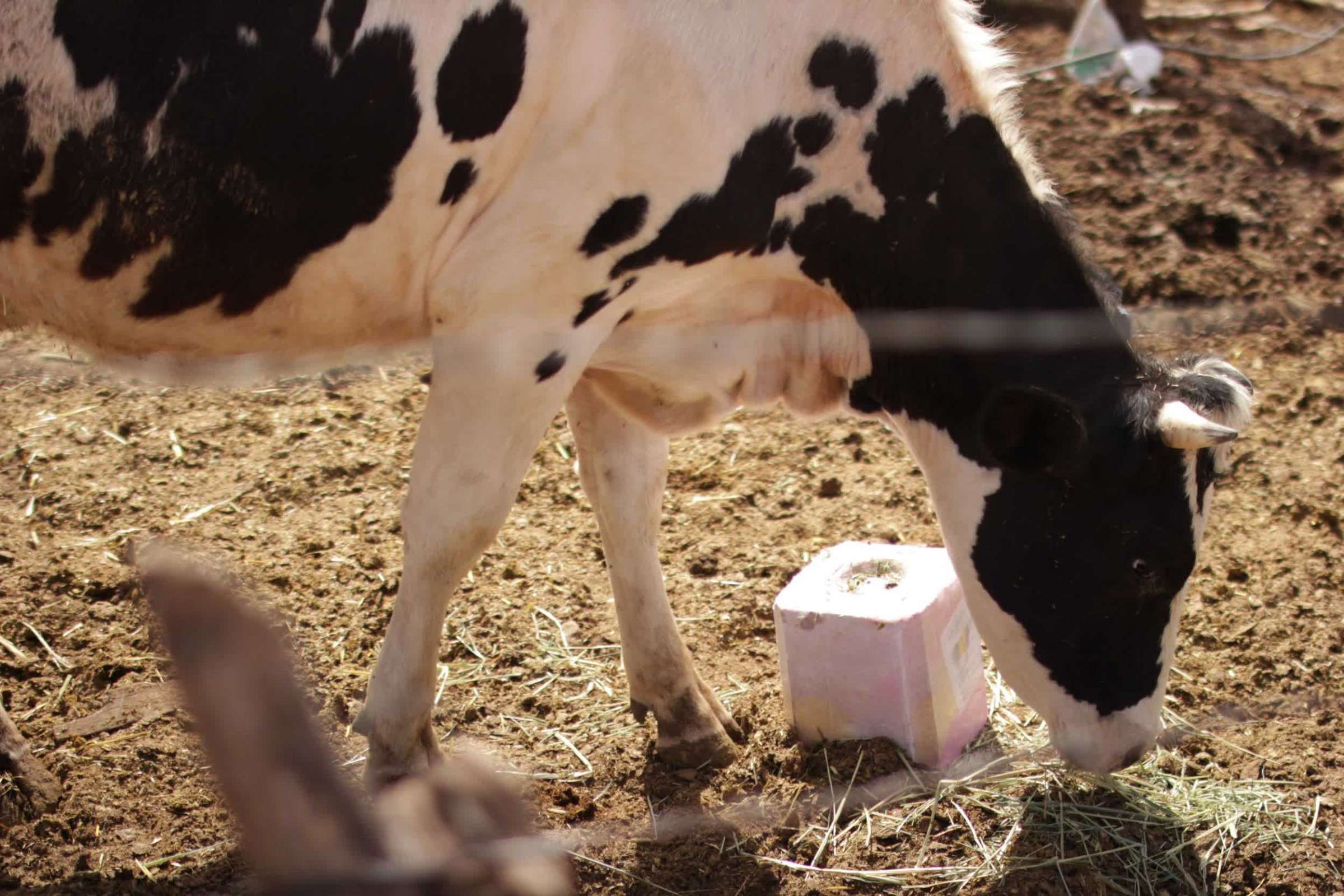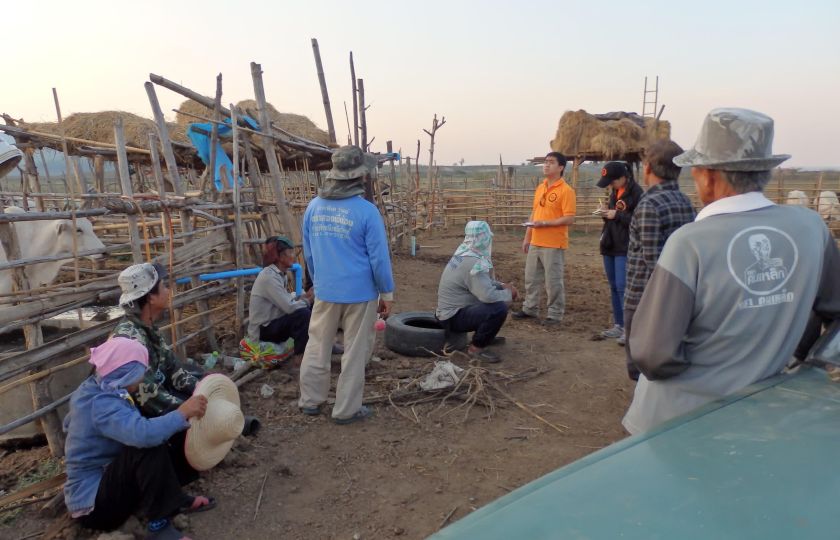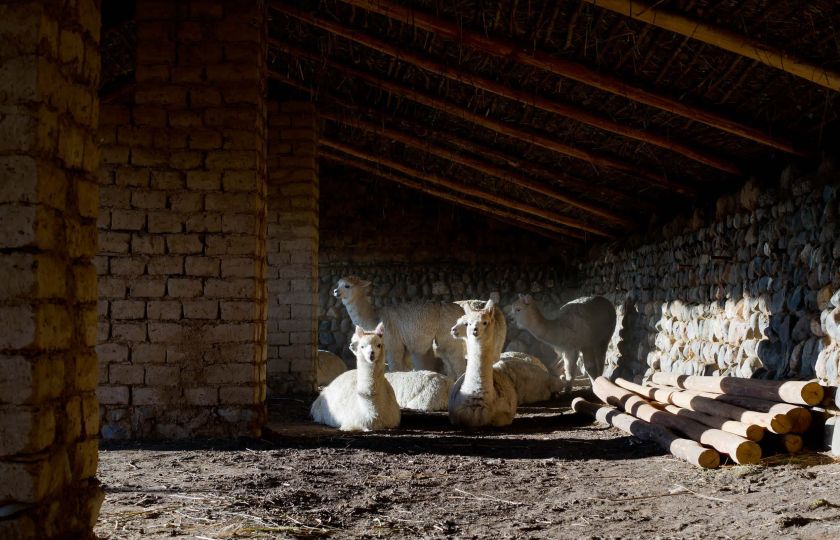Chihuahua
Chihuahua is Mexico’s largest state, and its people are largely dependent on agriculture and livestock. At the start of 2012, they faced the consequences of two years of drought and three successive failed farming seasons.
The situation was disastrous for the people and animals of Chihuahua, in the arid north-west of the country.
Without rain, green pasture died up, and what was left was overgrazed. Malnourished cattle were forced to eat fallen leaves and cotton leftovers from nearby plantations.
As livestock deaths rose to the thousands, people desperately needed an action plan that would protect the lives and welfare of their remaining animals and protect their long-term economic prospects.
Partnership with local authorities
We partnered with the Aldama District Municipality (a Chihuahuan municipality) to deliver an innovative, effective response that considered the needs of both animals and people. This demonstrated how integrated planning can rebuild and strengthen community resilience.
The Mexican government responded to the plight of its people by authorising around $250 million for measures including the provision of emergency food and water. While people were the priority, there were officially sanctioned disaster response activities relating to livestock. This included 'destocking' (selling off cattle) and limited free distribution of feed supplements such as maize and alfalfa (which many farmers cannot independently afford).
While these efforts provided much needed short-term relief to farming families, they were not sustainable. Animal based livelihoods were not safe in the medium to long term. Destocking meant producers lost their key productive asset, undermining resilience.

Water management systems
Recognising that for regional recovery, the livestock needed not only to survive but also to thrive, the local government of Aldama approached us to partner.
Together, we carried out interventions that addressed the immediate welfare of at least 220 families and approximately 2,500 animals, with the long-term potential to help many more.
Our disaster team talked to local people and helped form a community emergency committee. This ensured that the animal-focused disaster reduction and recovery measures introduced were supported and, in many cases, implemented by local people.
After distributing mineral blocks to farmers to offer immediate protection for suffering cattle, our response focused on sustainable action that would build community resilience to droughts in the future. Together, we built two wells and a borehole to provide water for livestock and irrigate cactus plots, provided the parts and expertise to construct a water pump, advised on the construction of modified ‘sand dams’, a type of retention pond - an example of cross-regional technology transfer we had seen in used in northern Kenya.
Aquaponics systems
With state government funding, aquaponics systems were developed to provide vegetables, animal protein and an alternative income.
These collect run-off rainwater to supply animals and pastureland. Built with the help of local families, the small reservoirs created by these dams now exist as an ongoing cost-effective risk reduction measure with the potential to benefit many thousands of animals and people in future emergencies.

One of the new dams being constructed to help the state of Chihuahua, Mexico, respond to severe drought.
Improved pastures
Cactus and drought and frost resistant forage were planted to improve pastureland quality and provide fodder all year round. The cacti selected were indigenous to the region, and helped provide an emergency animal food source in times of drought.
Training
To complement these efforts and increase local independence, the University of Coahuila delivered community training in animal and environmental management during disasters.
The success of the sand dams has been influential at the highest levels, moving authorities to roll out million-dollar plans for two permanent dams in the region.
We continued our fruitful partnership with the authorities in Aldama. Drought-mitigation plans included developing a community education program on sustainable action against climate change.
Obstacles
The main obstacles in this operation were the presence of criminal groups that threatened the safety of the team. We also had to ensure local culture and leaderships were understood and respected.
Lessons learnt
- The blueprints of the dams or retention ponds can be adapted to be used in a place with similar characteristics. This case replicated another system of dams used previously in Kenya.
- Integrate communities in building solutions, and in learning how to deal with possible changes in the situation that could require new adaptations.
- It's vital to understanding the local context, and work according to the culture and characteristics of a specific place.







